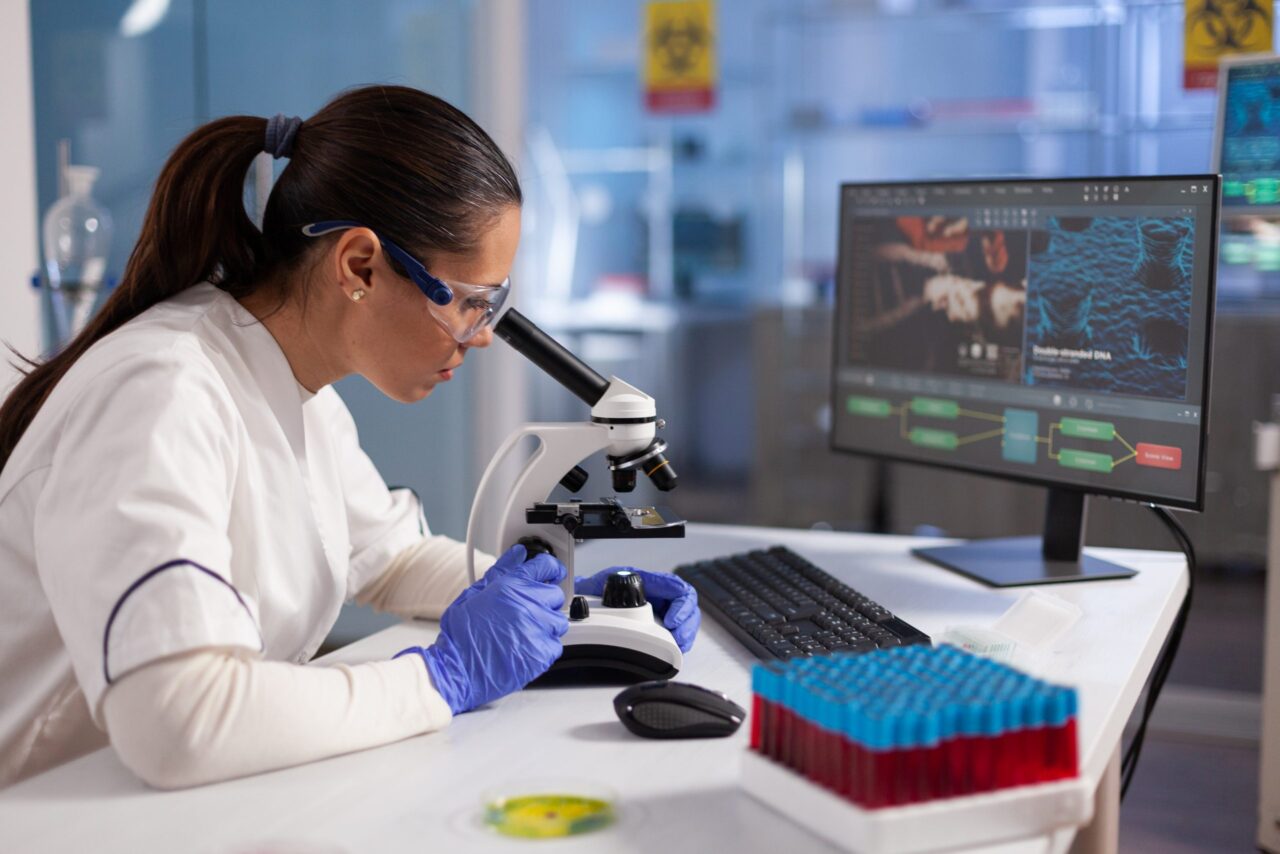Geology is a branch of science focused on the study of the Earth, its materials, the structures that compose it, and the processes that have shaped it over time. For such a task, geology laboratories require a variety of specialized equipment that allows them to better analyze and understand the earth’s components. From microscopes to spectrometers, each piece of equipment plays a crucial role in understanding our planet.
Geology labs house an impressive array of scientific equipment, all designed to help geologists study, understand and preserve our planet. From exploring the composition of a single rock to assessing the minute vibrations produced by seismic activity, geologists use these instruments to continue to unlock the Earth’s secrets.
Petrological Microscopes: A Window into the Microscopic World
One of the fundamental elements in any geology laboratory is the petrographic microscope. This specialized apparatus allows scientists to examine rock samples in detail through the use of polarized light. With the help of its illumination, geologists can identify individual minerals in rock samples by studying their composition and structure, which provides important information about the origin and history of the rock.
Petrographic microscopes are often equipped with high-resolution cameras, image analysis software to help researchers accurately visualize and classify identified minerals. This equipment is a portal to the microscopic universe, providing the deepest and subtlest details of each rock sample studied.
X-Ray Spectrometers: Unraveling the Elements
While microscopes allow scientists to observe the structure of minerals, X-ray spectrometers unravel the elemental composition of rock samples. These devices bombard samples with X-rays, causing the emission of electrons that can be measured and used to determine the elements present in the sample.
The X-ray spectrometer is a powerful tool for trace element analysis and is widely used in geological research to determine the precise composition of samples, providing invaluable information about the geological history and evolution of soils.
Seismographs: Listening to the Earth’s Vibrations.
The seismograph is an instrumental device for detecting and recording seismic waves caused by earthquakes. These devices are vital for understanding the vibrations of the Earth’s crust and, in general, the geological activity occurring at deeper levels that are inaccessible to direct observation.
Furthermore, seismographs are not only useful in the study of earthquakes, but also in the exploration of natural resources such as oil and gas, and in the investigation of the Earth’s interior.
The future is at Kalstein
We in Kalstein open a new universe where you will find a space with the latest technological and scientific advances, we present the 3D platform, here you will discover infinite versatile functions for manufacturers and distributors of laboratory equipment regardless of type, you will have the option to design your profile and be in contact with each user anywhere in the world, we offer unparalleled advantages in over 10 languages and have your own laboratory in 3D, you will publish to buy, sell or rent equipment for laboratories or medical, learn more HERE

